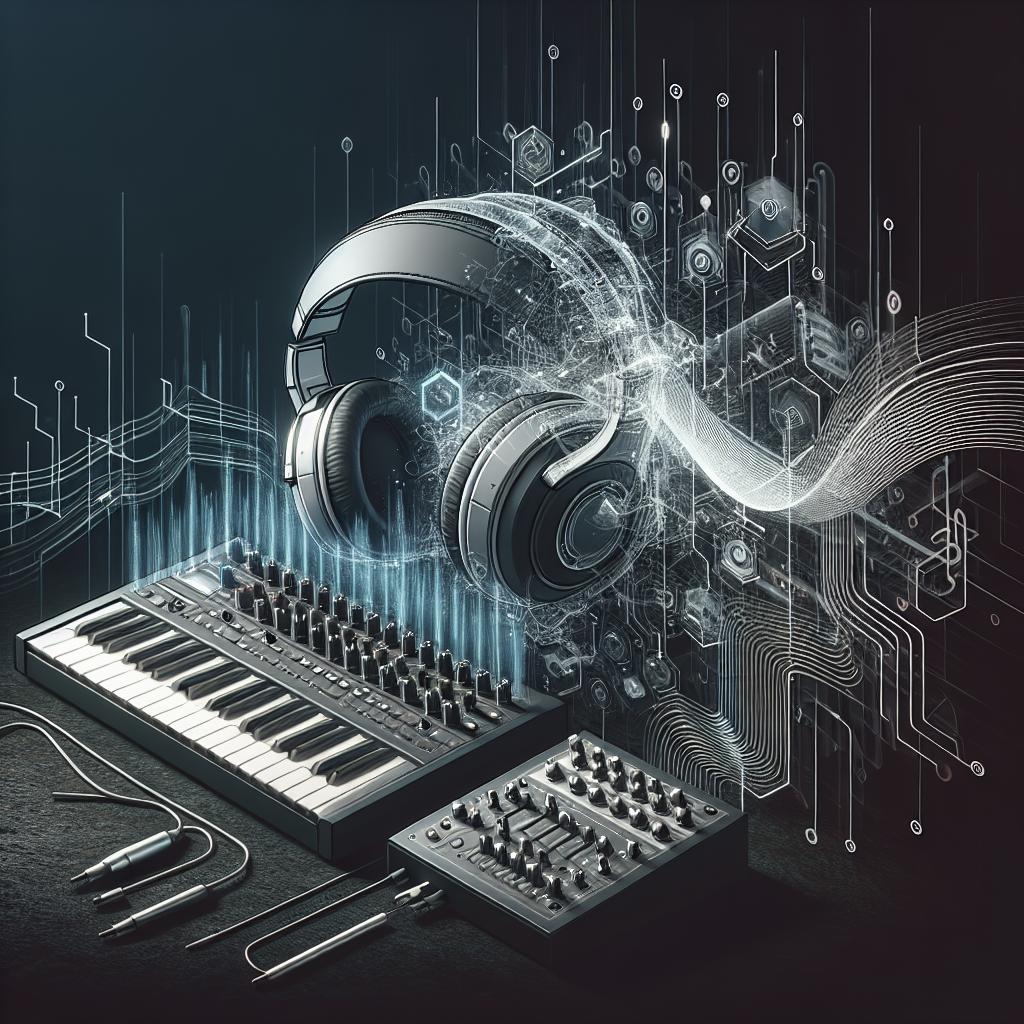“`html
Latest Innovations in Music Tech
The music industry has always been at the forefront of technological innovation, constantly evolving and embracing new tools and methodologies. From the way music is created, produced, and consumed, the digital age has ushered in transformative changes. This blog post explores the latest innovations in music technology, highlighting five major paradigm shifts. We’ll delve into AI music tools that generate melodies and harmonies, advanced analytics offering deep insights into music consumption, direct-to-fan sales strategies leveraging the internet, collaborative tools enhancing the music production process, and the rise of online performances redefining live concerts. Each of these innovations contributes to a richer, more interactive, and accessible musical experience both for artists and listeners worldwide.
How has music changed with the use of technology? 5 major paradigm shifts
AI music tools
Artificial Intelligence has significantly impacted music creation by offering tools that range from generating unique melodies to composing entire tracks. AI-driven platforms like Amper Music and Jukedeck enable musicians without sophisticated composing skills to experiment with and create new music effortlessly. These tools analyze vast datasets of music to learn patterns and styles, generating tunes that often surprise even seasoned musicians.
Moreover, AI is used for innovative music personalization, tailoring song suggestions and playlists to individual preferences with unprecedented accuracy. This personalization changes how listeners discover new music, making AI an invaluable tool for both creators and consumers eager for tailored music experiences.
Advanced analytics and insights
Music analytics tools have become crucial for artists and producers to understand audience behavior and preferences. Platforms like Spotify for Artists and Apple Music for Artists provide in-depth data analysis, allowing musicians to track which songs are most popular and identify their core audiences.
Advanced analytics not only inform marketing strategies but also help in A&R (Artists and Repertoire) decisions, predicting which tracks or artists could become future hits. Data-driven insights empower artists to refine their work, making analytics a vital part of the contemporary music landscape.
Direct-to-fan sales
Direct-to-fan (D2F) models have disrupted traditional music distribution, enabling artists to retain more control and revenue from their work. Through platforms like Bandcamp and Patreon, artists can sell music directly to their audience and offer exclusive content, fostering a closer relationship with fans.
This approach has been particularly beneficial to independent artists, who previously had to rely on major labels for distribution. By leveraging D2F sales, musicians can build dedicated fanbases and sustain their careers without intermediary fees, making it an attractive model in the digital era.
Collaborative tools and music production
Collaboration in music production has been revolutionized by innovations like digital audio workstations (DAWs) and cloud-based platforms. Tools such as Ableton Live, Pro Tools, and Splice allow musicians from around the globe to collaborate in real-time, creating music without geographical constraints.
Furthermore, these platforms offer vast libraries of sounds, beats, and samples, enhancing creativity and speed in production. The democratization of production tools has opened doors for diverse voices in the music industry, facilitating unique collaborations and fresh musical innovations.
Online performances
The pandemic accelerated the shift towards online performances, leading to the proliferation of live streaming platforms like Twitch and YouTube Live. These platforms allow artists to perform live for audiences worldwide, transcending the limitations of physical concerts.
Online performances have opened up new revenue streams through virtual tickets and fan donations, helping artists reach global audiences and monetize their work. This shift has expanded the accessibility of live music experiences, offering a new way for fans to engage with their favorite artists.
Final notes
| Innovation | Impact |
|---|---|
| AI music tools | Enables music creation and personalization, expanding creative possibilities and personalized listener experiences. |
| Advanced analytics and insights | Offers deep understanding of audience preferences, driving strategic decisions and artistic refinement. |
| Direct-to-fan sales | Fosters direct artist-audience relationships, improving revenue and artist independence. |
| Collaborative tools and music production | Facilitates global collaborations, enhancing creative diversity and production flexibility. |
| Online performances | Redefines live concerts, broadening audience reach and introducing new monetization avenues. |
“`
